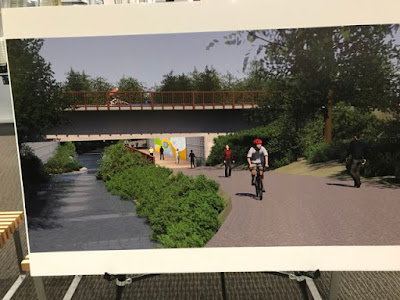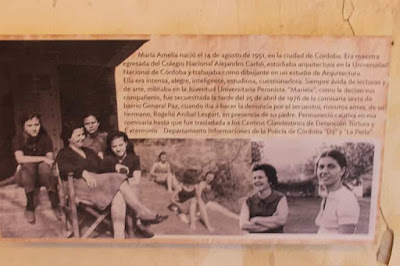I didn't see all of the Amy Coney Barrett hearings. But of what I saw, Senator Sheldon Whitehouse had the most insightful things to say. He stepped back and put this particular nomination into both the context of recent events and also much longer term events. As he says, he's looking beyond the stage of the puppet theater of the hearing to see who's pulling the strings and pushing the sticks that move the puppets.
Most important is his following the money that:
- Has spent 40 years educating law students in a very conservative way of interpreting the law.
- Funded shadow organizations that make multiple Friend of the Court filings on the court cases they have themselves created
- Also funded Federalist Society that gives Trump his Supreme Court nominee names
He looks at where the money comes from and traces most of it back to the same few people.
He then says, while the media have focused on abortion and LGBTQ rights (which are important), the real story deals with 80 cases that were decided by 5-4 rulings along partisan lines. These cases had four themes important to large corporations:
- Unlimited Dark Money - that allows the wealthy and corporations (yes those do overlap) control legislatures that make the rules and even to get people appointed as head of federal agencies that regulate them. Citizen United is the key decision here, but there are many others
- Knock the Civil Jury Down - The powerful can't control civil juries like they can control Congress.
- Weaken Regulatory Agencies - particularly pollutors to weaken their independence and strength
- Voter Suppression and Gerrymandering - making it harder to vote for citizens who might vote against their interests - Shelby County decision on no factual record against overwhelming support on the other side, that knocked out voter suppression protections and a bunch of states started suppressing the vote. Same on gerrymandering.
- creating a legal theory, Originalism, that I consider the Intelligent Design of Constitutional Law, and
- through blocking Democratic nominees and holding off Merrick Garland, so they could fill those seats
While we're on this topic, let me also point out that the words "extreme liberal" is not the opposite of "extreme conservative."
"Extreme liberals" on the court have worked hard for individual rights - desegregating schools, supporting voting rights, giving women equal rights to men, recognizing the rights of LGBTQ folks.
"Extreme conservatives" have fought all those individual rights in favor of the rights of corporations, going so far to apply the individual rights in the Bill of Rights to corporations.
The liberals are much more in synch with the beliefs of most US citizens. The conservatives push legal theories that go against what most citizens hold, but they do a good job of marketing their contrary positions, by framing abortion as murder, and just outright lying.
The two articles below offer more on this:
Mother Jones article on Sen. Sheldon Whitehouse comments at Barret hearing: https://www.motherjones.com/politics/2020/10/watch-sen-sheldon-whitehouse-school-amy-coney-barrett-on-dark-money/
































